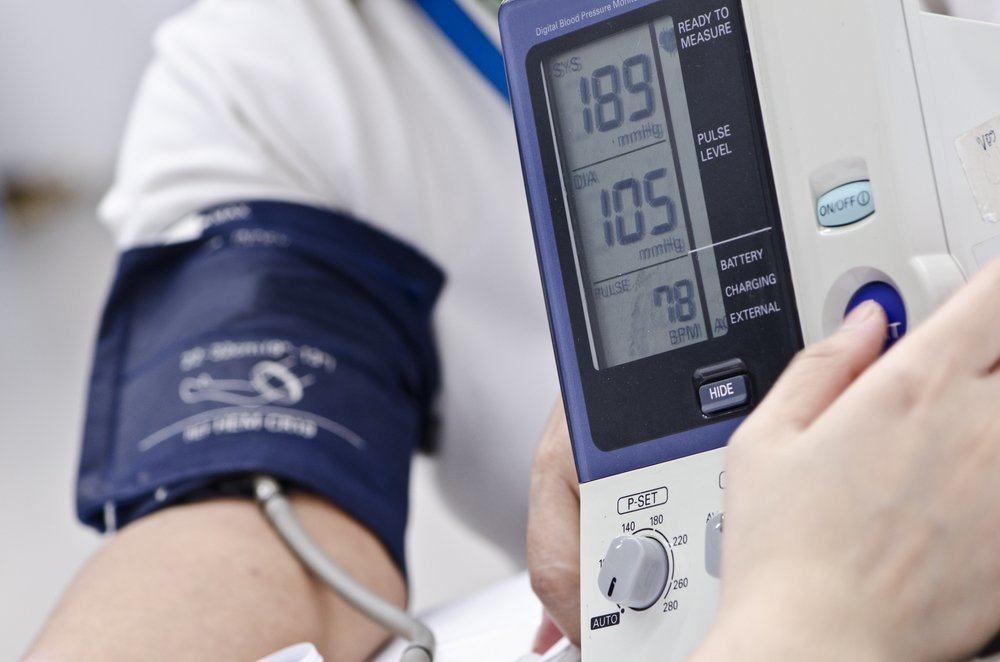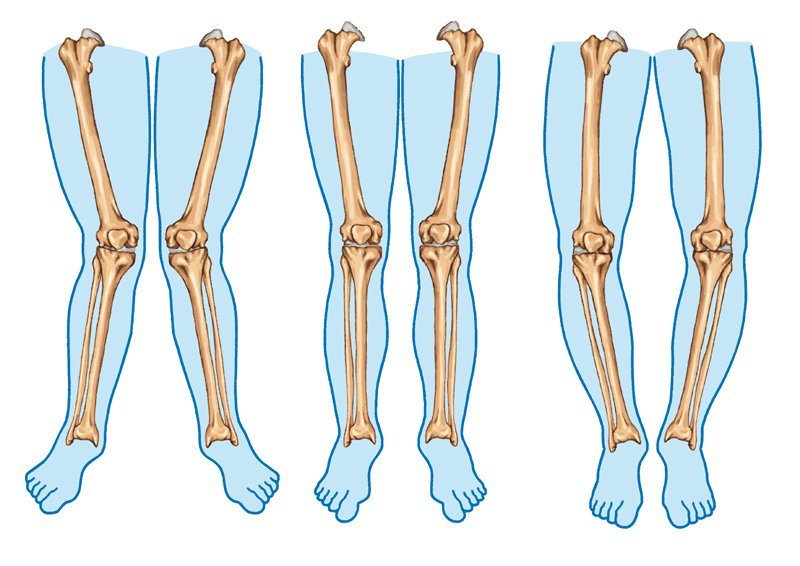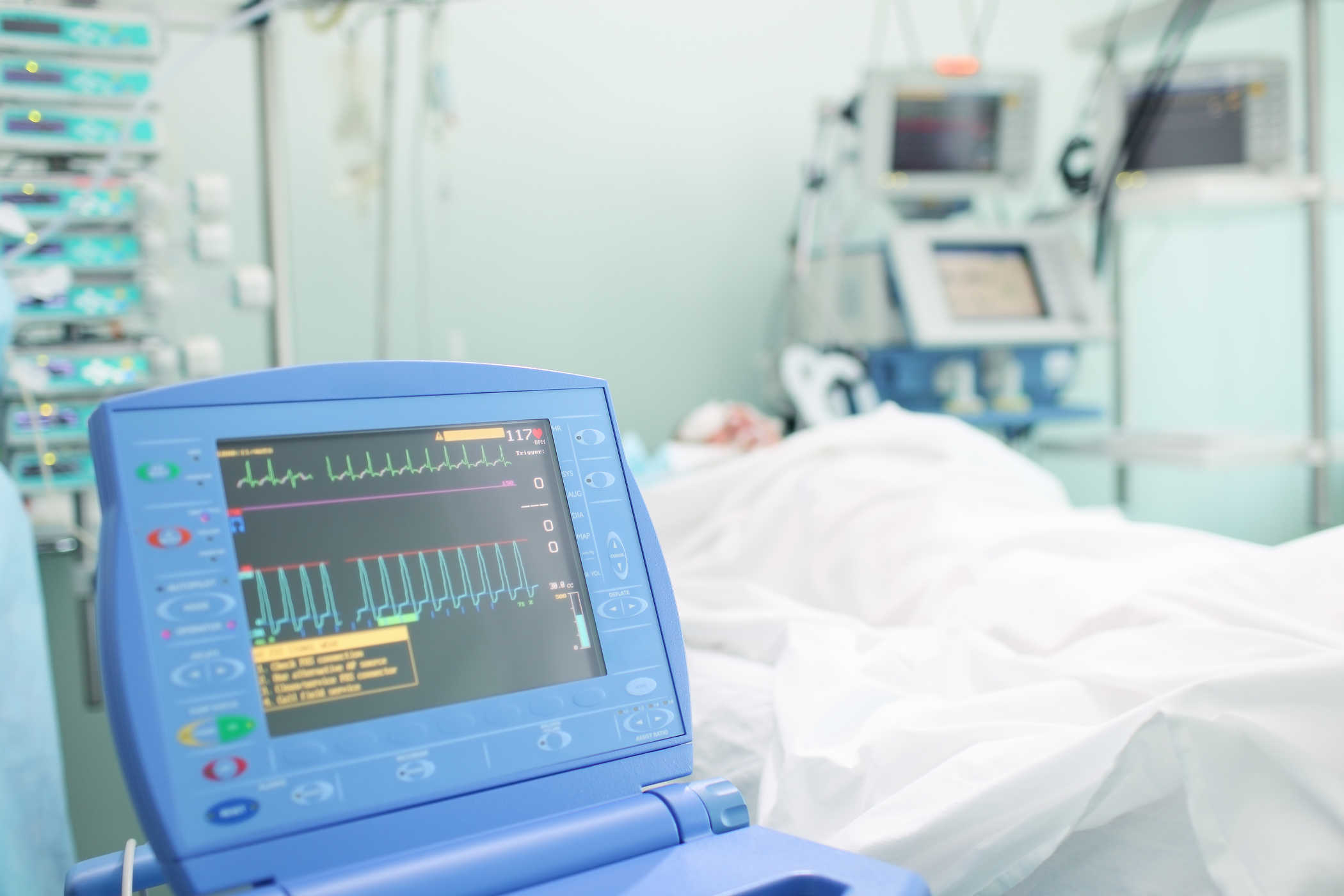Contents:
- Medical Video: Revisiting Hormone Replacement Therapy
- What is estrogen replacement therapy?
- What is the effect of estrogen on stroke?
- So what should we do?
- What do I need to pay attention to?
Medical Video: Revisiting Hormone Replacement Therapy
Women who experience symptoms of estrogen deficiency and who also have low levels of estrogen may be advised to take estrogen replacement therapy. Frequently, estrogen therapy is used during the age of menopause, although some medical conditions can cause women to have low estrogen levels before menopause and some medical conditions can also cause early menopause.
You may have heard that there are complicated interactions between estrogen therapy and stroke. But, what's the effect on us?
What is estrogen replacement therapy?
Estrogen replacement therapy is medical treatment in various forms including creams, pills, and absorptive or even injection forms. Estrogen therapy has been shown to reduce the symptoms of estrogen deficiency for some women, but there are some side effects and risks that occur.
What is the effect of estrogen on stroke?
Women tend to have a higher risk of stroke after menopause, and this is believed to be due to changes in hormone production after menopause, including a decrease in estrogen levels due to increasing age.
A research study that examined women's health records in Finland reported a significant reduction in stroke deaths among women who carried out estrogen therapy hormones compared to women who did not.
This finding was also found among women who started estrogen therapy at the age before and after 60.
However, larger studies show that estrogen use is actually associated with stroke risk. According to a recent article published by The Seminars in Reproductive Medicine, a study conducted by the Women's Health Initiative found that women who used estrogen either alone or in combination with other hormones experienced a 50% increased risk of ischemic stroke, because estrogen has been shown to increase the risk of blood clots that can cause ischemic stroke.
So what should we do?
Given the confusing facts out there, what should women do about estrogen therapy? First of all, estrogen hormone therapy requires a doctor's prescription. If you experience low estrogen symptoms, such as feeling heat, night sweats, vaginal dryness, or low libido, then you need to need a medical evaluation, which will determine whether the root of your problem is hormones, and which hormones are not balanced. Hormonal test results combined with your medical history, including history of blood clots, strokes, hypertension or heart disease, and smoking status, will determine whether you are a prospective user of one type of estrogen therapy.
Overall, an analysis from the World Health Organization shows that for younger women (50-59) who have been in the menopause for 5 - 10 years it seems safe to carry out estrogen therapy for up to 5 years without a significant increase in stroke risk.
What do I need to pay attention to?
If you start estrogen therapy, it is important to fulfill all medical examinations because your hormone therapy dose may need to be adjusted. Your body naturally produces its own hormones, especially sex hormones such as estrogen and testosterone, and will re-adapt depending on the needs of the body. This means that your estrogen production will change depending on how many hormones are present in the body, both those produced through prescription drugs or those made naturally by your body. Therefore, the initial dose needed may not be the same as the dose at 1, 2 or 5 years after starting treatment.
The hormone estrogen can have effects outside the scope of the intended target. Estrogen therapy and hormonal therapy for women can affect the risk of a woman having a stroke. Everyone is not the same and your medical history determines whether estrogen therapy will help or be harmful to you.












